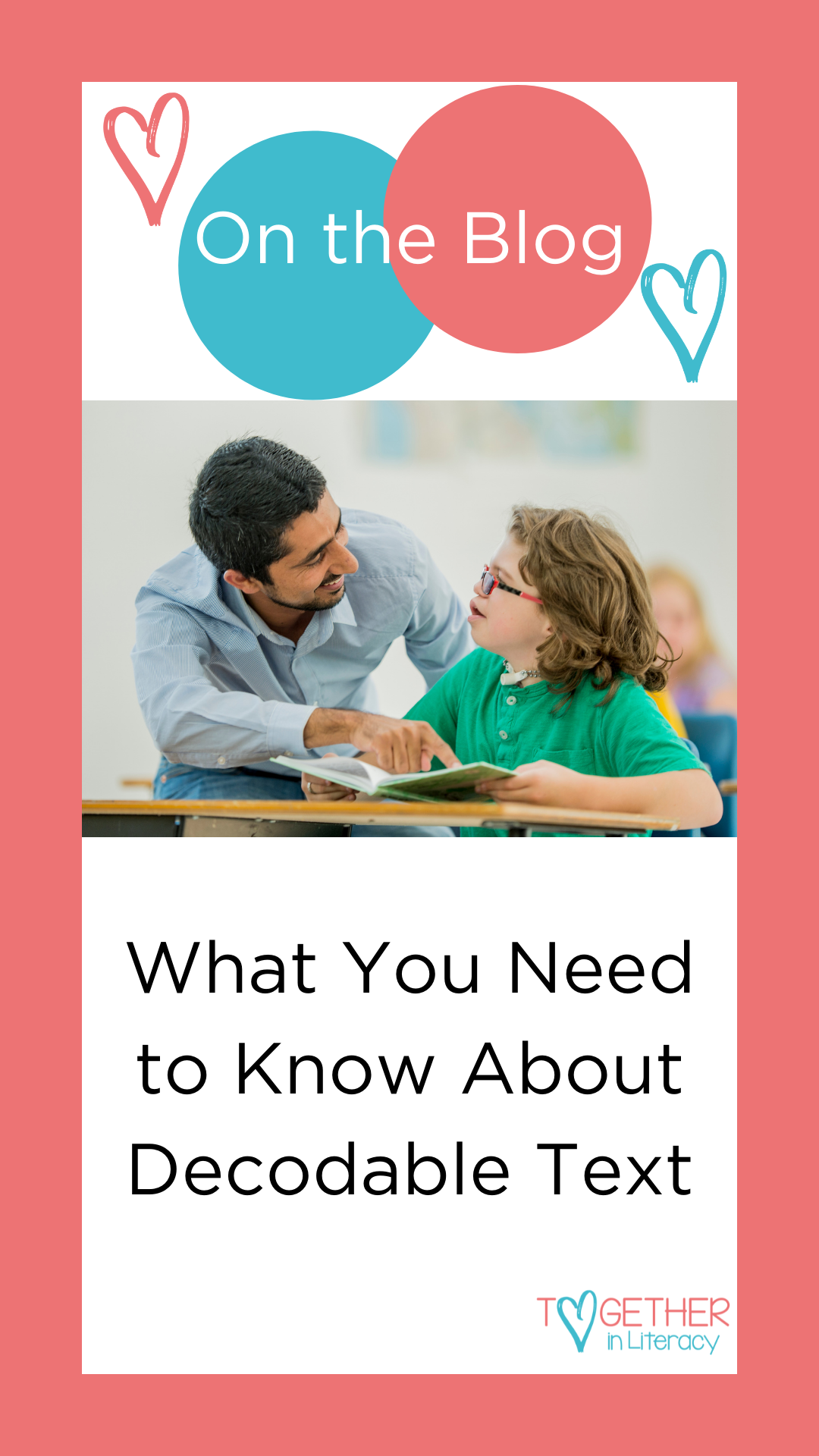What You Need to Know About Decodable Text: What they are, why students need them, and how they support SEL

If you were to sign up for diving lessons as a beginner, your coach would never expect you to go to the high tower and do flips on your first day of practice. Even if you’d played around a little bit and were capable of doing beginner dives, no one would expect you to climb up to that high tower and perform until you were fully prepared.
It’s more likely that you would attend practices, learn the necessary skills, internalize immediate corrective feedback, and gain automaticity with the foundational skills. With each skill that is gained, you’d add another in order to build the advanced skills necessary in order to compete at a high level.
Athletes are trained by establishing necessary foundational skills that are the building blocks for the sports that they play. Those skills need to be learned to automaticity so that muscle memory takes over and they are able to perform without thinking about the steps.
The same is true for teaching children to read. A coach would never send an athlete to perform a dive without proper skills, practice, and coaching because it would lead to injury and emotional scarring. You also run the risk of a break in trust and the development of incorrect form that would take so long to correct.
No coach would approach teaching an athlete to dive that way, but so often, we see this approach taken with beginning readers. When we don’t give our students the necessary, foundational stepping stones, then they struggle to reach efficient reading.

What are decodable texts?
Decodable texts are passages, readers, and chapter books that are used for early reading instruction. Decodable texts move progressively to add in words that reflect the letter-sound relationships that students have already been taught.
Decodable texts are those stepping stones that provide the practice of explicit instruction, phonemic awareness, and the code that you are teaching in your classrooms. Without those skills, students will not be able to access authentic text later on.
Bottom line, students learning to read NEED decodable texts.
Why do students need decodable texts?
Students who are just learning to read need decodable texts because…
- They are directly connected to the sound-symbol relationships being taught - the orthographic mapping process in action.
- They develop decoding strategies to sound out words so that we don’t have partial-correct reading or approximations.
- They provide ample opportunity to read text that helps to create neuropathways in the brain to unlock the reading code.
- They help to take away guessing and the pulling of eyes away from the text.
Using decodable texts with early and struggling readers just makes so much sense!
Three Important Facts to Know About Decodable Texts!

What Makes a Text Decodable:
This depends on what you have taught your students thus far! You’re not going to give your students a decodable text that has words in it that you have not already taught. Make sure that the skills addressed in the decodable match where that student is.
A decodable text should also have the application of sound-symbol correspondences that you’ve already taught.
Also note, decodable texts are different from predictable or patterned text. These are great for language building, but they are not decodable texts because they do not promote decoding with accuracy.
What are the Benefits of Using Decodable Texts:
- Students will see their Phonics instruction in context.
- They support additional exposure, “over-teaching”, varied practice, and repetition.
- They allow us to take previously learned skills in isolation and apply them to words, phrases, and sentences.
- They strengthen the neuropathways.
- They allow students to depend on the alphabetic code, instead of guessing, while practicing the orthographic mapping process.
- They provide enough practice that students will have a high rate of accuracy.
How do Decodable Texts Support Social-Emotional Learning (SEL):
Decodable texts meet children where they are at and that supports their social-emotional learning. We have to practice things in order to gain the skills to move forward and that’s what decodable texts do. When children are able to read something without guessing, they are extremely proud of themselves and that is really powerful.
Text can, at times, feel too overwhelming for struggling readers. The decodable text allows students to find success within themselves and to begin to trust themselves. They can apply the skills and knowledge that they’re gaining to be able to read words and text.
The success that decodable texts provide leads to motivation to read, which ultimately leads to independent reading!
For even more on how decodable texts support social-emotional learning, check out our latest episode of the Together in Literacy podcast. If you like what you hear, don’t forget to rate, leave a positive review, and subscribe!
Looking for strategies and resources?
Sign up for our newsletter for news, resources, and freebies delivered straight to your inbox.
We hate SPAM. We will never sell your information, for any reason.
